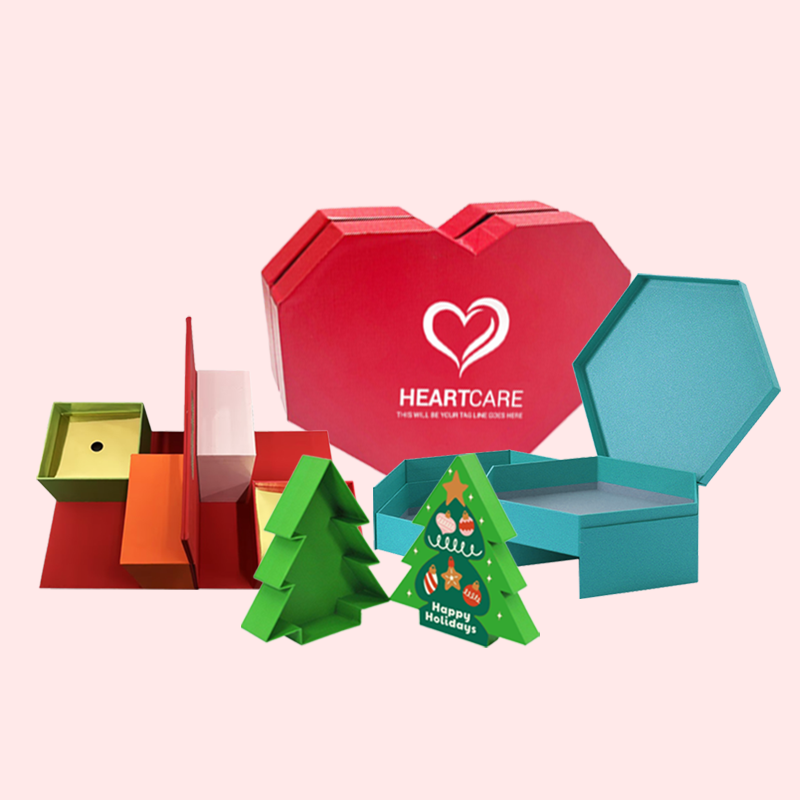Struggling to plan your product launch because packaging timelines are a mystery? This uncertainty can be stressful. I'll break down the entire process, from design to delivery, for you.
Typically, the entire process takes 4 to 8 weeks. This includes about 2-4 weeks for production and another 2-4 weeks for shipping. The final timeline depends on your design's complexity, order size, and chosen shipping method.
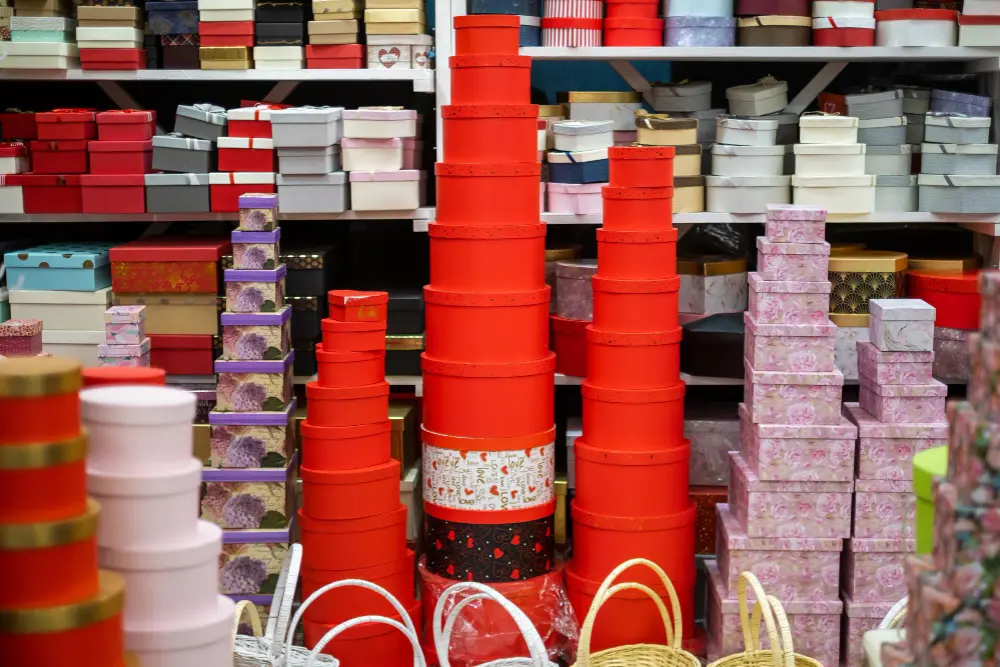
Getting a clear timeline is one of the first things my clients ask for. After 16 years in this business, I've seen it all. A well-planned timeline can make the difference between a smooth launch and a chaotic one. It’s not just about the factory work; it's about the small steps and decisions along the way that add up. Let's walk through the process together so you know exactly what to expect and how to plan effectively.
What Are the Main Stages of Custom Packaging Production?
Wondering what happens after you approve a design? The production process can feel like a black box, making it hard to plan. I’ll outline each stage so you see the full picture.
The main stages are design finalization, pre-production sampling, mass production, and quality control. Each step is a checkpoint that must be completed to ensure your final packaging is exactly what you envisioned.
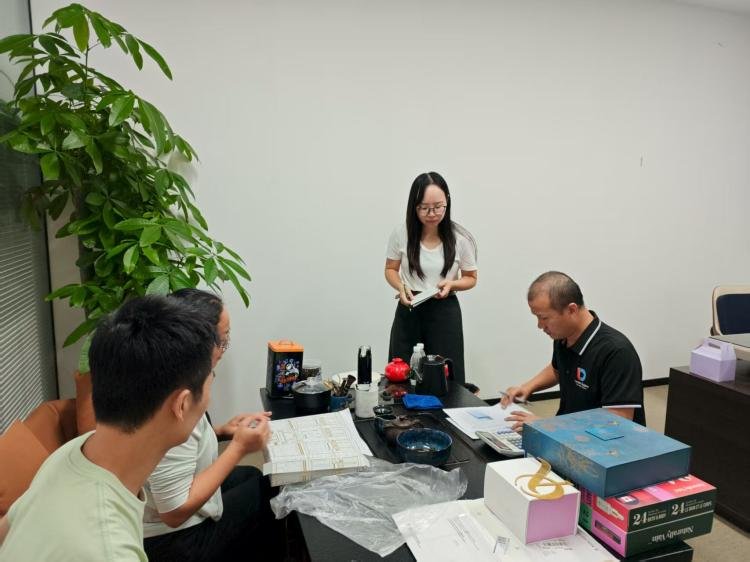
Dive Deeper into the Production Process
Each stage has its own timeline and purpose. Understanding them helps you see why a "simple box" still requires careful planning. Over the years, I've refined our process at Giftspack to be as transparent as possible.
1. Design & Consultation
This is where it all starts. You bring your ideas, and we bring our expertise. This stage involves finalizing the dimensions, materials, colors, and artwork. A designer like Peter, who has years of experience, will often suggest small tweaks to improve manufacturability without sacrificing aesthetics. This back-and-forth communication is key. Rushing here often leads to problems later. A clear and complete design brief saves a lot of time.
2. Prototyping & Sampling
Once the design is locked in, we create a physical sample. This is your chance to touch and feel the packaging. You can check the colors, test the structure, and make sure it fits your garment perfectly. I once had a client who caught that their logo was slightly off-center on the sample. It was a simple fix at this stage but would have been a disaster across 10,000 units. Never skip the sample approval step.
3. Mass Production & Quality Control
After you approve the sample, we move to mass production. This includes printing the artwork, cutting the paperboard, folding, gluing, and assembling the boxes. At the same time, our quality control team is always watching. They pull boxes from the line to check for color consistency, structural integrity, and any printing defects. We do this to ensure the ten-thousandth box looks just as good as the first. This constant checking prevents any big surprises at the end.
What Factors Can Delay Your Packaging Production?
Worried that your project will hit unexpected roadblocks? These delays can ruin your launch schedule and add a lot of stress. I'll show you the most common pitfalls so you can avoid them.
Delays often come from complex designs, slow client approvals, material shortages, or revisions during production. Choosing standard materials and providing quick feedback are the best ways to keep your project on schedule.
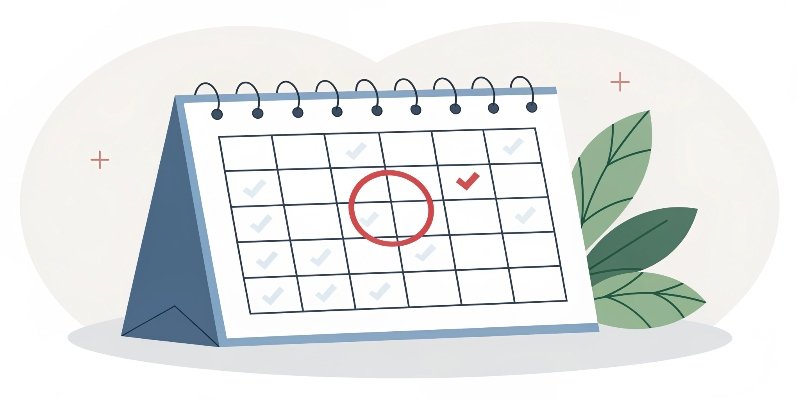
Dive Deeper into Common Delays
I’ve learned that a successful project is often about managing expectations and planning for potential issues. The timeline isn't set in stone, and several factors can shift it. Being aware of them is half the battle. Here are the most common issues I've seen and my advice on how to handle them.
| Factor | Potential Delay | My Advice |
|---|---|---|
| Design Complexity | 1-2 weeks | Unique structures or multi-process finishes take more time to set up and produce. For speed, consider simpler designs or standard finishes. |
| Client Approvals | 3-7 days per revision | Assign one person on your team to be the final decision-maker. Responding to proofs and samples within 24 hours makes a huge difference. |
| Material Sourcing | 1-3 weeks | Custom-dyed paper or unusual materials need to be sourced. Discuss materials with me early on. Stocked materials are always faster. |
| Major Holidays | 1-2 weeks | Plan around holidays like Chinese New Year. During this time, factories in China shut down completely for about two weeks. Communication also slows down. |
The biggest one to watch for is Chinese New Year. It usually falls in late January or February. Production and shipping come to a complete halt. I always advise my clients to place orders well before December if they need their packaging in the first quarter of the year. Simple awareness of these factors allows us to build a more realistic and reliable timeline together.
How Do Shipping Methods Affect Your Delivery Timeline?
Your packaging is produced, but how long will it take to reach your warehouse? Choosing the wrong shipping method can mean missing deadlines or overspending. I'll explain the main options for you.
Air freight is fastest and takes about 7-10 days, but it is the most expensive. Sea freight is much cheaper but also much slower, taking 30-45 days. Your choice depends on your budget and urgency.
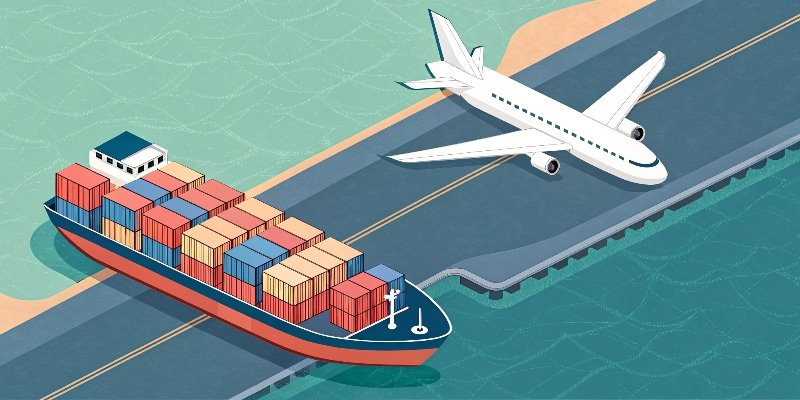
Dive Deeper into Shipping Options
Choosing a shipping method is a classic trade-off between time and money. After we pack your boxes securely, the next step is getting them to you. The method you select will have a major impact on your total timeline and final cost.
Sea Freight
This is the workhorse of global logistics and the most common choice for my clients. It's incredibly cost-effective, especially for large, heavy orders. The downside is the time. A container ship from China to the US or Europe can take 30 to 45 days just for the ocean journey. You also have to add time for customs clearance on both ends, which can add another week. If your timeline is flexible and your budget is tight, sea freight is the way to go. I always recommend this option for clients who can plan their inventory several months in advance.
Air Freight
When speed is everything, air freight is the answer. It can get your packaging from my factory to your door in about 7 to 10 days, including customs. This speed comes at a high price, often 5 to 10 times more expensive than sea freight. I usually see clients use air freight for urgent initial orders, small top-up shipments, or high-value items where the shipping cost is a smaller percentage of the product's value. It’s a great tool to have for emergencies but not usually sustainable for routine, large-volume orders.
How Can You Speed Up the Packaging Process?
Facing a tight deadline and need to get your packaging fast? The pressure to speed things up can be intense, leading to costly mistakes. I'll share some practical tips to accelerate your timeline safely.
To speed up the process, provide a clear design brief, approve samples quickly, and communicate proactively. Choosing standard materials and simpler designs also significantly reduces production time. A good plan is the fastest route.
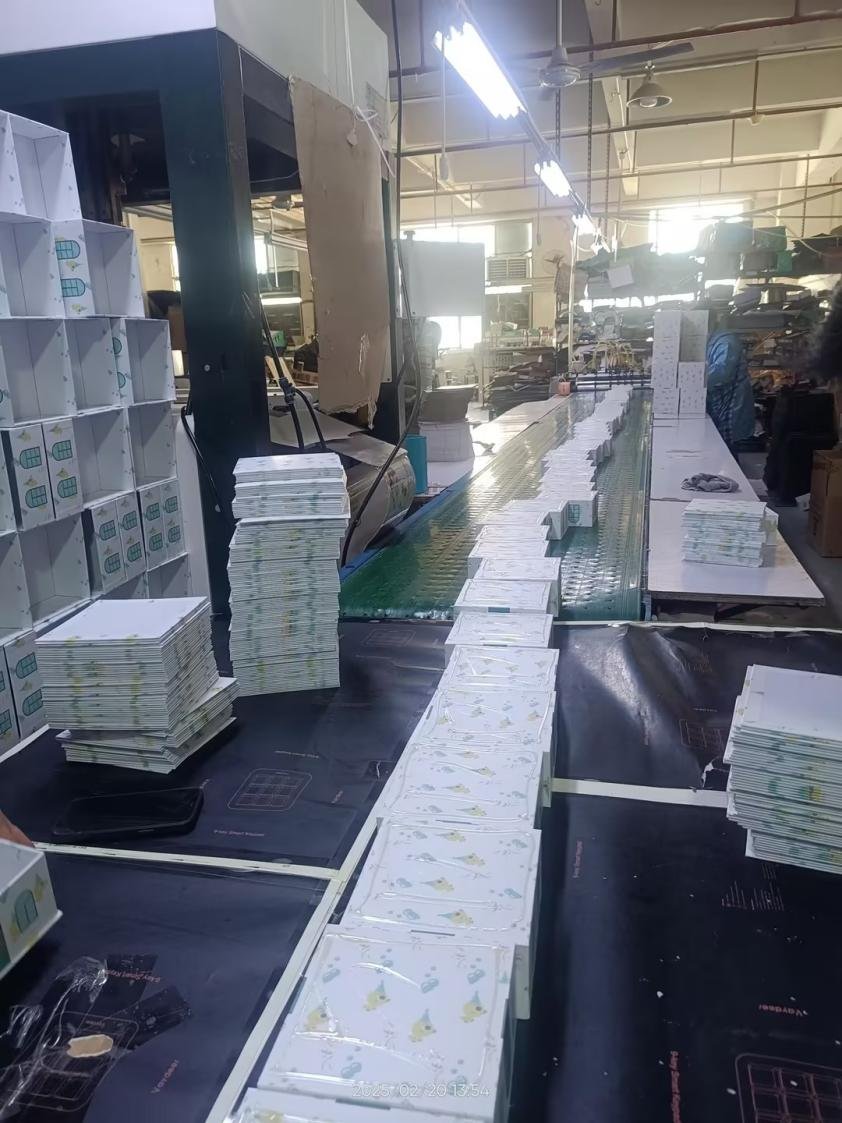
Dive Deeper into Accelerating Your Timeline
Over the years, I've noticed that the smoothest and fastest projects all have one thing in common: great collaboration. Speed isn't about cutting corners; it's about being efficient and prepared. Here are the most effective strategies I’ve shared with my clients to help them meet tight deadlines without compromising on quality.
1. Be Prepared from Day One
The more prepared you are at the beginning, the faster everything moves. A detailed design brief is your best tool. It should include everything: exact dimensions, Pantone color codes, material preferences, and final, high-resolution artwork files. When our design team gets a complete brief, they can move directly to creating a digital proof, skipping days of back-and-forth emails just to clarify basic details.
2. Make Quick, Decisive Approvals
The timeline often pauses while we wait for your feedback. Whether it's a digital proof or a physical sample, the clock is stopped. I recommend assigning a single person on your team with the authority to approve designs. This avoids delays from internal debates. If you can provide feedback or approval within 24 hours, you can easily shave a week or more off the total pre-production timeline.
3. Choose Production-Friendly Options
If speed is your top priority, we should discuss it upfront. I can guide you toward materials we have in stock and design features that are faster to produce. For example, a standard four-color CMYK printing process is faster than one requiring multiple special Pantone colors. Similarly, a simple folding box is quicker to make than a complex rigid box with magnetic closures. Small compromises here can lead to big time savings.
Conclusion
Understanding the 4 to 8-week timeline for custom packaging, from production to shipping, helps you plan better. Clear communication and smart decisions are key to a smooth and timely delivery.

